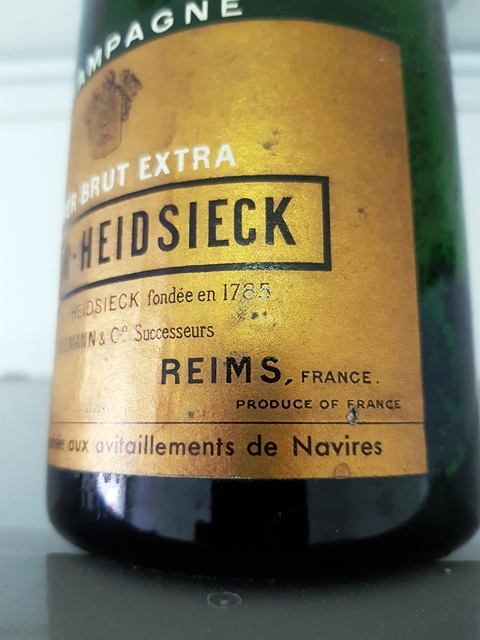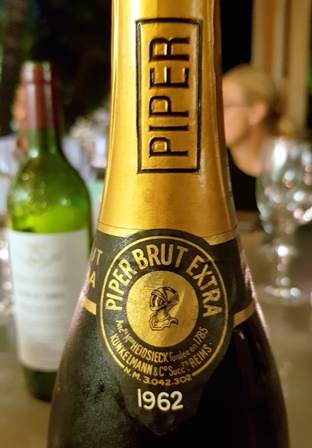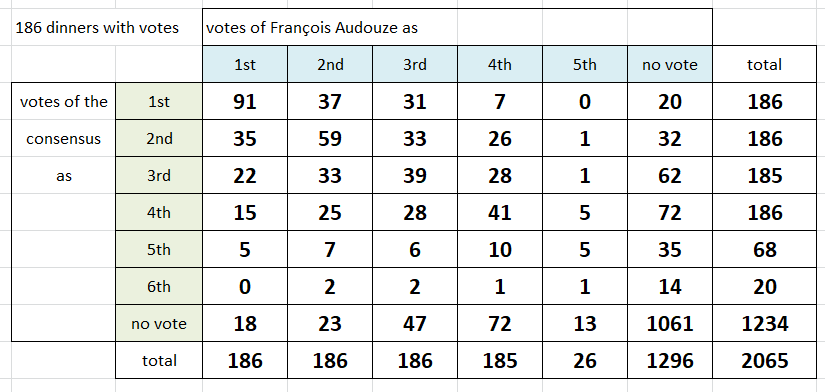I have received this classification made by a Jury with well known people.
I find it interesting to put it on my blog, as it could be of interest for wine lovers.
The World of Fine Wine in association with Gaggenau, announces
the 2018 World’s Best Wine Lists Awards winners
Winner of the Wine List of the Year 2018 named as The Barn at Blackberry Farm, Walland Tennessee
The Barn at Blackberry Farm is also awarded in these categories: Best Designed Wine List in the World, Best Long Wine List in the World and Champions’ League World’s Best Wine List 2018
La Dame de Pic London wins Best Medium-Size Wine List in the World 2018
London (September 12, 2018) – the World’s Best Wine Lists in association with Gaggenau have been announced today at the Vintners’ Hall, with The Barn at Blackberry Farm, Walland Tennessee, receiving the honor of Wine List of the Year, Best Designed Wine List in the World, Best Long Wine List in the World and Champions’ League World’s Best Wine List 2018.
The World’s Best Wine Lists celebrated its fifth anniversary with a prestigious judging panel – chaired by Neil Beckett, World of Fine Wine Editor – featuring: writer and broadcaster, Andrew Jefford; award-winning sommelier, Andreas Larsson; publisher and writer Ch’ng Poh Tiong; wine writers Elin McCoy, Francis Percival and Alder Yarrow; sommelier Luciana Girotto; and wine writer and lecturer Anne Krebiehl MW. They have assessed over 1,000 of the world’s best wine lists to determine the shortlist. The nominees and winners are based on a range of criteria including breadth, depth, interest, quality, value, clarity and accuracy.
Nestled among the Great Smoky Mountains of Eastern Tennessee, Blackberry Farm is a rural idyll, playing host to one of America’s finest luxury hotels – in turn featuring one of the country’s best-loved and most respected restaurants, worthy of its supreme praise and four top recognitions at the World’s Best Wine Lists Awards 2018. The Barn’s creative cookery is well matched by a superb modern wine list containing over 9,000 selections. Described by our judges as « a phenomenal list that is a joy to explore » with a « wonderful variety and half-bottle selection to die for ».
Newly opened restaurants awarded in their regions included HIDE and Tenshino at Pullman Bangkok King Power.
HIDE, London, United Kingdom
Tenshino at Pullman Bangkok King Power, Bangkok, Thailand
The awards are renowned as the Michelin Stars of the wine list world and include a number of best-in-class category winners including The NoMad Hotel, New York for Best Spirits List in the World; Restaurant Mosaic at The Orient for Best Hotel Wine List in the World; Pilu at Freshwater for Best Regional Wine List in the World; Nº5 Wine Bar returning to take Best Wine Bar List in the World; and Air France claiming Best Airline Wine List in the World.
The NoMad Hotel, New York, USA
Restaurant Mosaic at The Orient, Pretoria, South Africa
Pilu at Freshwater, Sydney, Australia
Nº5 Wine Bar, Toulouse, France
Air France
On the awards, World of Fine Wine Editor Neil Beckett commented: « In its fifth year running, and at its first live ceremony, the World Best Wine Lists Awards was honored with the presence of guests from every continent apart from Antarctica. I think that the geographical spread of our top winners speaks volumes for the global spread of fine wine and also for the global scope of these awards ».
The Winners
Best Long Wine List in the World 2018 : The Barn at Blackberry Farm
Best Medium-Size Wine List in the World 2018 : La Dame de Pic London
Best Short Wine List in the World 2018 : Bar Boulud
Best Micro Wine List in the World 2018 : 28°-50° Wine Workshop & Kitchen, Maddox Street
Best Regional Wine List in the World 2018 : Pilu at Freshwater
Best Champagne & Sparkling Wine List in the World 2018 : Pix Pâtisserie
Best Dessert & Fortified Wine List in the World 2018 : Bern’s Steak House
Best Spirits List in the World 2018 : The NoMad Hotel, New York
Best By-the-Glass Wine List Without Coravin® in the World 2018 : Terroir
Best By-the-Glass Wine List With Coravin® in the World 2018 : Morrell Wine Bar & Café
Best Wine Bar List in the World 2018 : Nº5 Wine Bar
Best Hotel Wine List in the World 2018 : Restaurant Mosaic at The Orient
Most Original Wine List in the World 2018 : Frasca Food and Wine
Best Designed Wine List in the World 2018 : The Barn at Blackberry Farm
Best Airline Wine List in the World 2018 : Air France
Best Cruise Ship Wine List in the World 2018 : The World Residences at Sea
Wine List of the Year 2018 : The Barn at Blackberry Farm
Champions’ League World’s Best Wine List 2018 : The Barn at Blackberry Farm
Notes to editors
The World’s Best Wine Lists is the most prestigious and rigorous wine list awards, judging over 1,000 restaurants’ lists worldwide. The World of Fine Wine has assembled a panel of some of the world’s greatest experts, including Masters of Wine and a World Champion Sommelier, to guarantee the credibility and integrity of the competition and to put each list submitted through an intensive judging process.
All award-winning wine lists must reach certain standards in relation to a range of criteria, among which the most important are: the breadth, depth, interest, quality, and value of the wine selection (relative to the nature and size of the list and any specialism); the clarity of the organization and presentation; the accuracy and completeness of the information for each entry on the list, including origin, producer, wine, vintage, price, and format or serving size; and the suitability of the selection in terms of the cuisine and the establishment.




